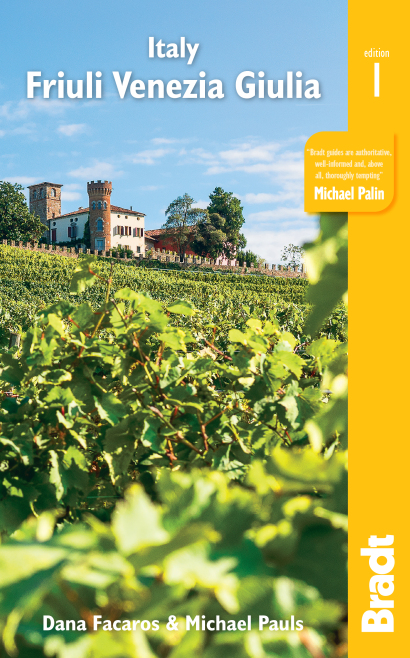Friuli Venezia Giulia (‘FVG’) is the far northeastern corner of Italy, an hour or less from Venice. It’s small – you could easily drive across it in a day on the back roads – but it squeezes in a remarkable diversity of landscapes.
The coasts combine urban beach resorts and pristine lagoons. Above the coasts, the Friulian plains and hills have the art towns and the wine regions, and above them tower the Alps: the sunny slopes on the way to Austria, or the mountain fastness of Carnia on the west, with its hidden valleys and traditional folkways. In short, there’s a little bit of everything, all within easy reach.
A city like no other
The star of this show might be Trieste. There’s no city in Italy quite like it: the one place where you’re more likely to see sausages and sauerkraut on your plate than pasta and tomato sauce, where the most impressive church is Serbian Orthodox, where there are 67 different ways of ordering a cup of coffee.
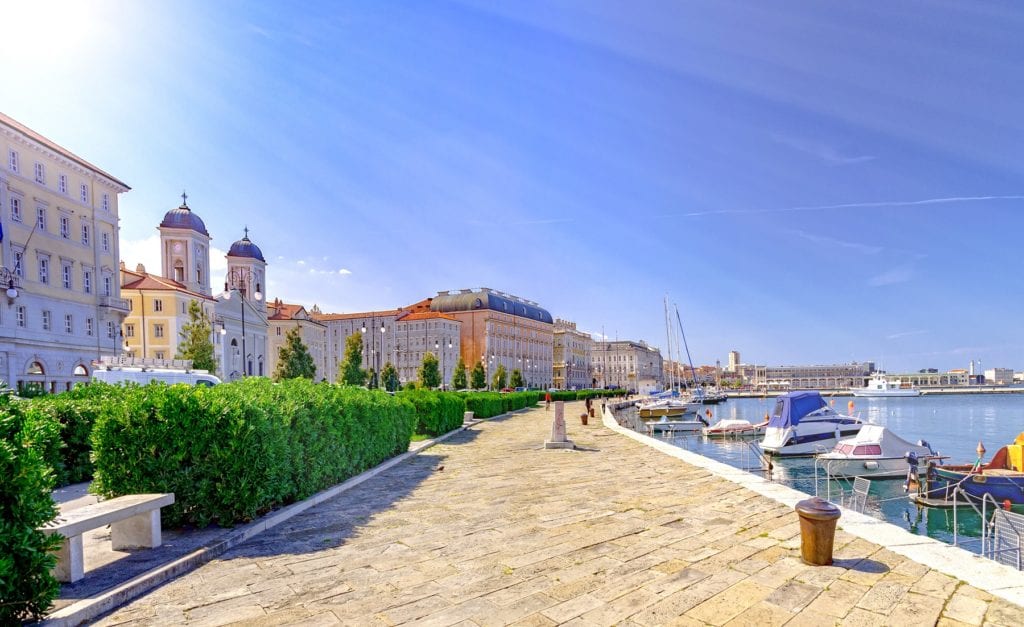
Trieste is multi-lingual, and mad about culture, a city with 32 museums and a great love for good music. It is the only city where we’ve ever been chased down the street by a klezmer band on stilts.
A wealth of World Heritage Sites
There are a wealth of UNESCO World Heritage Sites to be seen in FVG, all with their own distinct character and history. Highlights include: ancient Aquileia, with its fabulous mosaics, the early medieval Lombard capital of Cividale del Friuli and the unique Venetian citadel town of Palmanova.
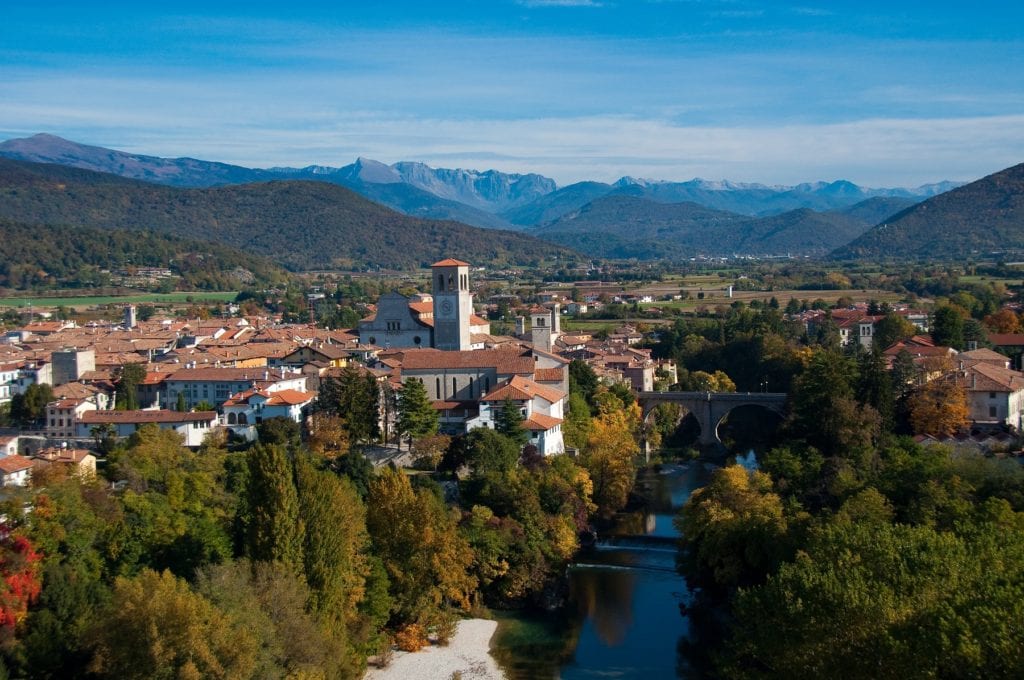
Also not to be missed is the Pile Dwelling site of Palù di Livenza, one of the oldest inhabited sites in northern Italy, dating back to 4900BC.
A fantastic coast
Friuli’s coast is short, but it’s choice. Grado, or ‘Little Venice’, is one of the most attractive beach resorts on the Adriatic. Even in Italy, it isn’t as well known as it deserves to be.
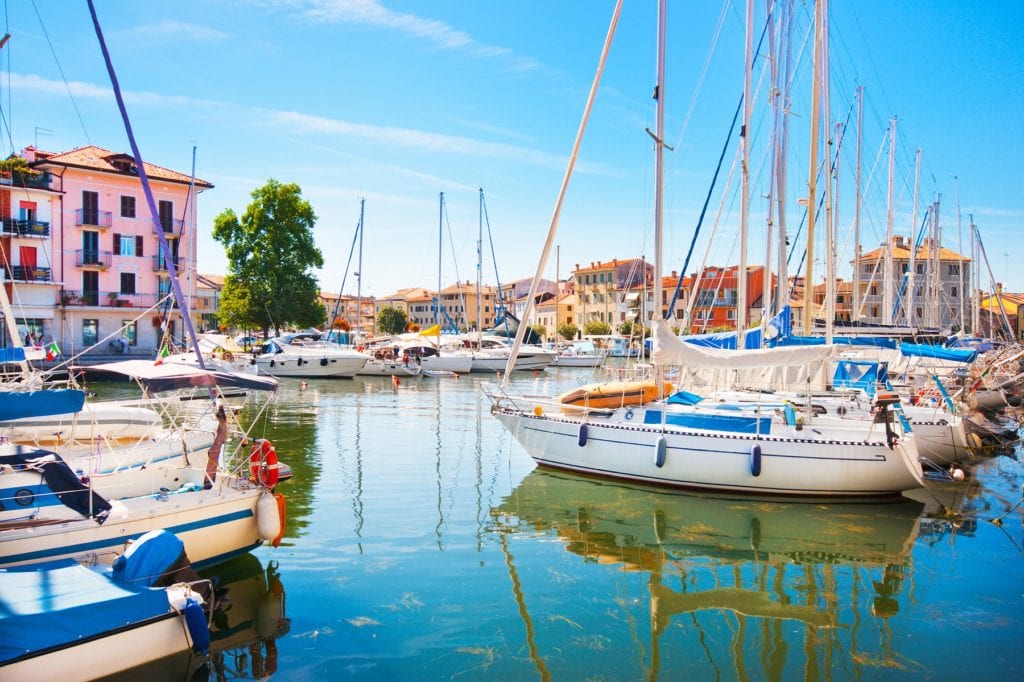
The ‘Golden Island’ reigns as the queen of its own lagoon, sprinkled with 30 islands large and small and 3km of golden sandy Blue Flag beaches. Best of all, it’s a real place, with a historic centre that goes back to Roman times, a couple of canals to remind us that the Venetians once ruled here, and some fascinating monuments from the earliest Middle Ages.
The most beautiful mountain landscapes in the world
FVG is home to three distinct mountain ranges. Italy shares the Julian Alps with Slovenia, stretching from Tarvisio in the far northeast (with the autostrada to Austria) all the way down to Cividale. To the west is the larger, more isolated Carnia, with its mountain villages and traditional lifestyles, considered by many as the spiritual motherland of the Friulani.
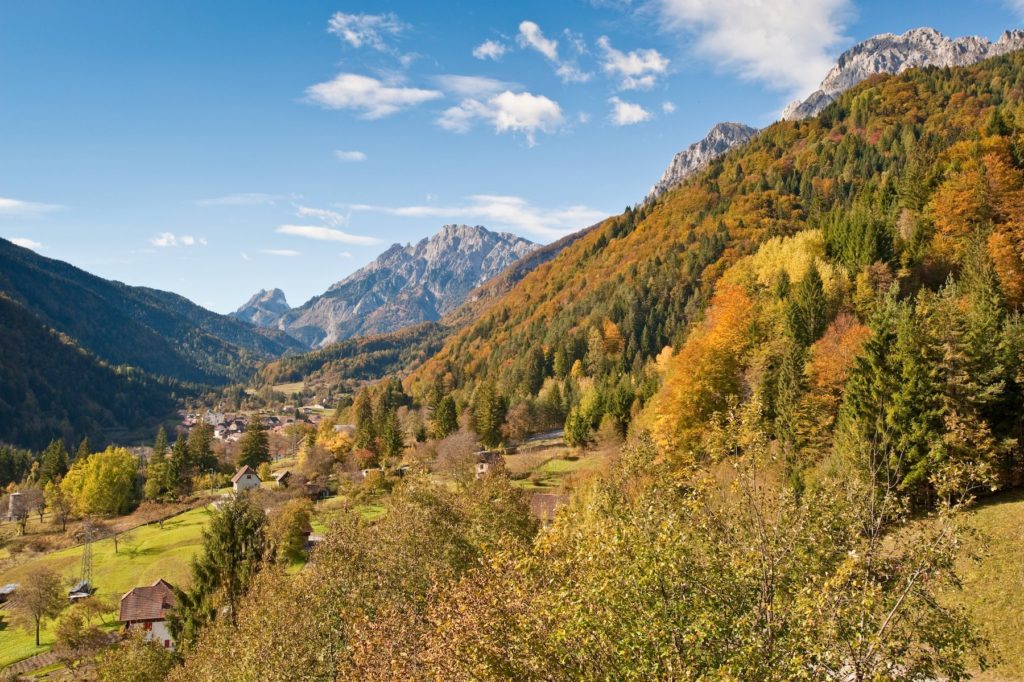
The Friulian Dolomites are arguably Friuli’s star attraction: one of the most scenic and pristine patches of northern Italy. The Friulian side of the Dolomites has never attracted the same attention as the side in the Veneto, but that has made it perfect for the sort of nature tourism that is increasingly popular. The Dolomiti are impressive enough from the valleys, on the roads that follow the Tagliamento or the Cellina, but it is only when you hike up into them that you can really appreciate their delicate peaks and spires – some of the most beautiful mountain landscapes in the world.
World-class food… and wine
One of the delights of visiting any region in Italy is discovering new dishes, and FVG, with its smorgasbord of culture, combined with its mountains, fertile plains, orchards (notably cherry) and coast delivers the goods in spades.
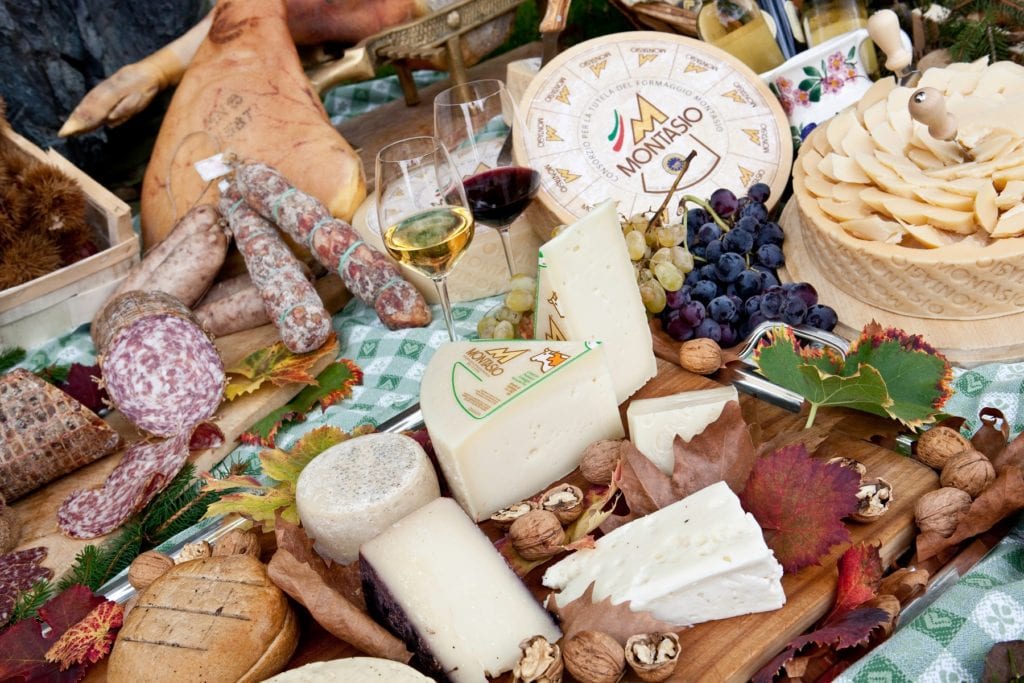
The food is delicious, and quite different from the rest of Italy, a mix of the best of three cultures, the mountains and the sea – the perfect match for the sublime white wines of the Collio and Colli Orientali. Polenta and dumplings are more important than pasta; cheese and butter have major roles and there’s a marked preference for combining sweet and savoury tastes inherited from Mitteleuropa.
Many dishes may already be familiar to fans of American Italian-Croatian celebrity chef Lidia Bastianich: she and her son Joe own a vineyard near Cividale del Friuli.
More information
Keen to explore more of Friuli Venezia Giulia? Start planning your trip with our guide:
